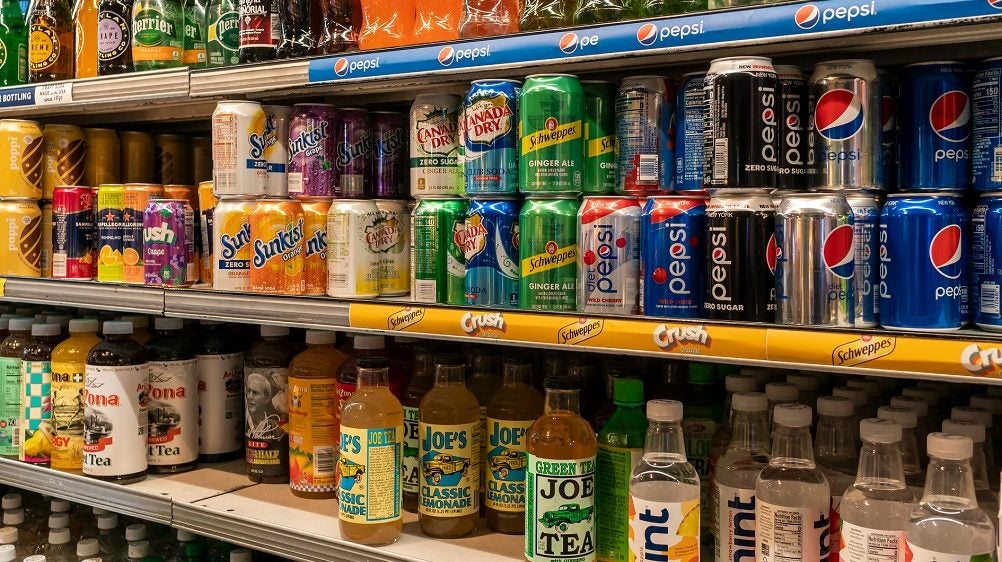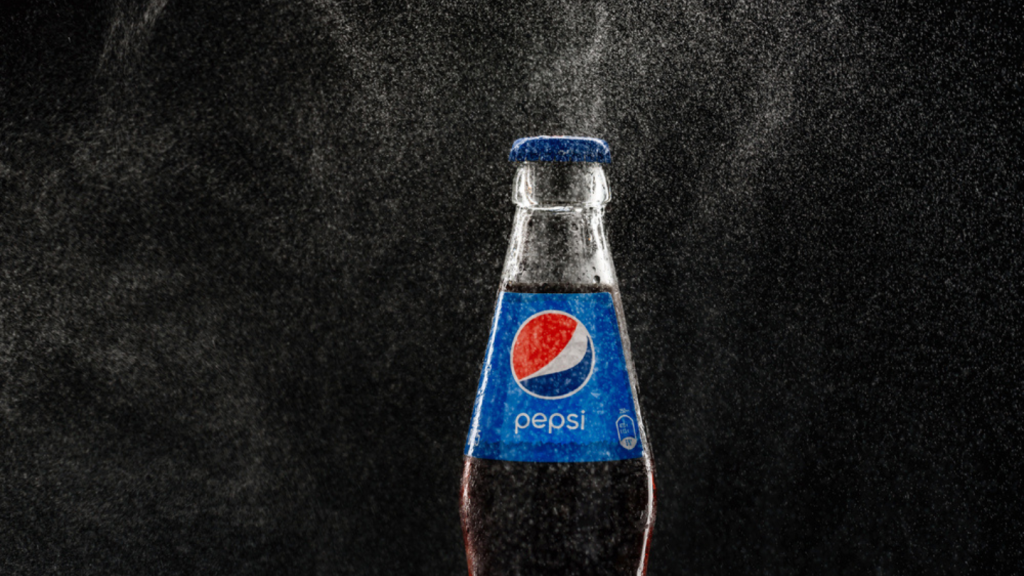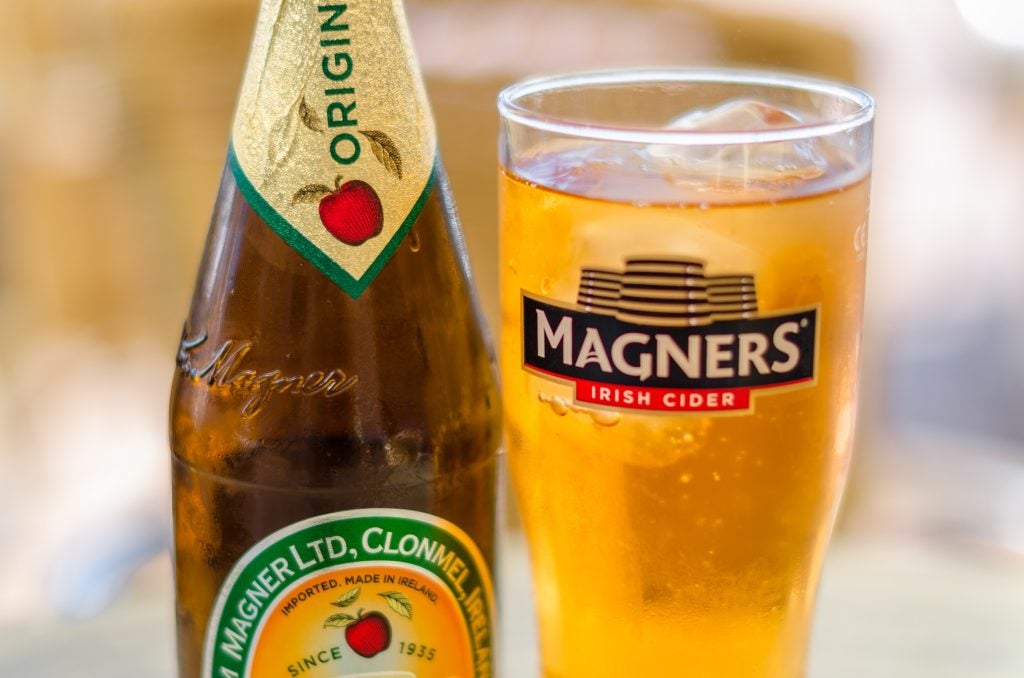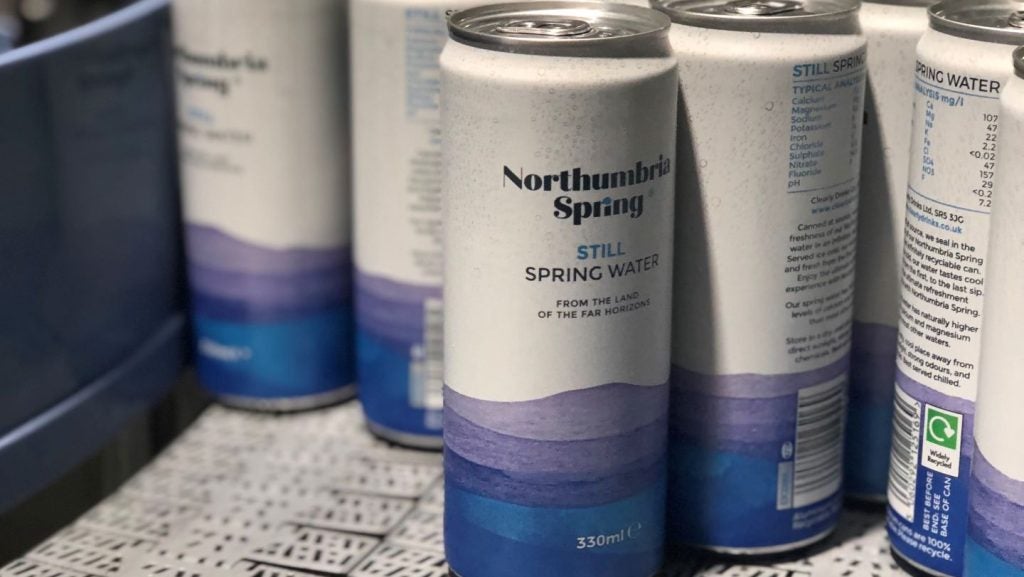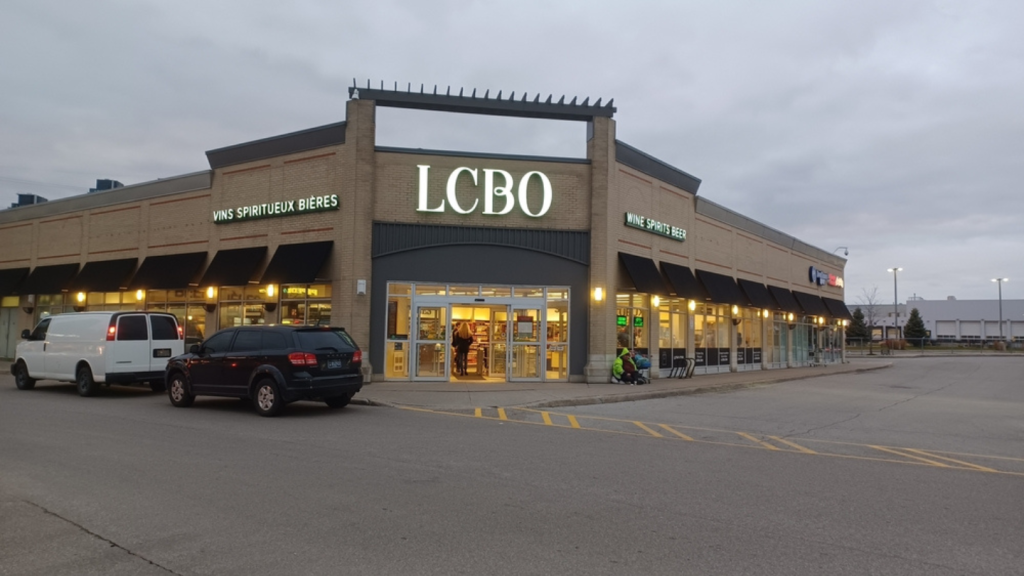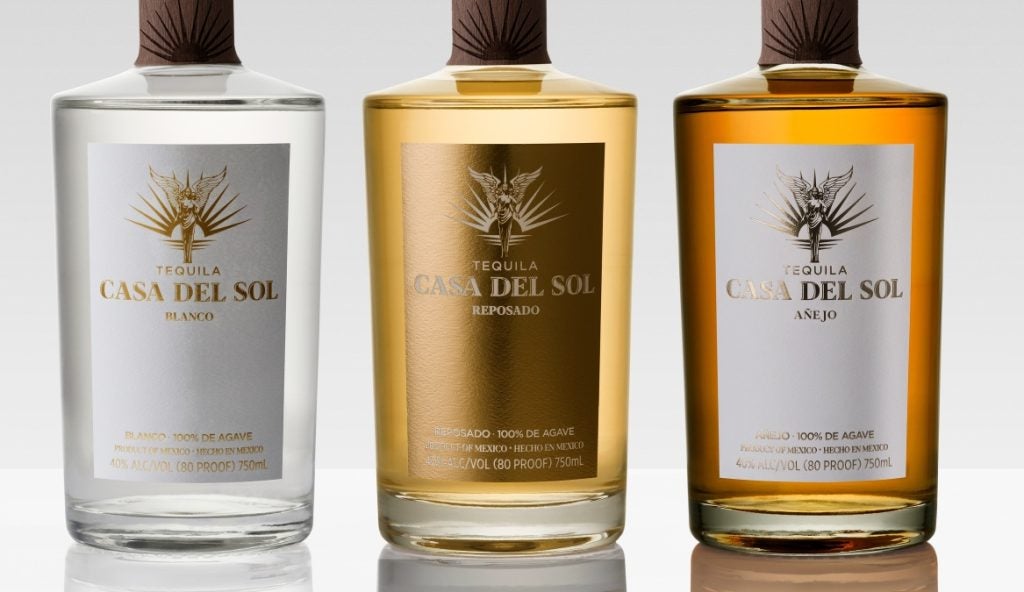Less is more should be the motto for most major consumer packaged food and drink businesses in the current market climate in the US. And less should take the form of SKU rationalisation, which can help CPG companies improve their operational efficiency, margins and profitability.
As inflation continues to moderate, CPG groups are no longer able to continue regularly increasing prices. This new reality is taking a bite out of margins and profitability. The phenomenal dollar sales growth percent increases we’ve been seeing for most major packaged food and drink brands over the last few years have or are coming to an end.
Additionally, unit sales growth for most CPG products, particularly sold under the major brands, is flat or down due to changing consumer buying behaviour. US consumers are buying more private-label products, as well as purchasing fewer CPG items, at the grocery store because of the significantly higher prices they face compared to only a few years ago. Grocery prices are up by over 20% in the US compared to before the pandemic.
Supply chain complications – albeit to a much lesser degree than existed from 2020 to 2023 – also continue to add costs to CPG companies' operations and brand performance. There's still too much complexity in the supply chain for CPG groups. Added complexity means added costs. As a consequence, CPG companies, particularly the publicly-held majors, continue to face pressure on profitability.
Therefore, there should be a renewed focus by food and drink companies to reduce complexity and simplify brand portfolios and the supply chain. SKU rationalisation, which eliminates the lowest-margin product versions and sizes, can be an effective tool.
Food and drink companies are good at creating abundance (think rampant brand and line extensions and acquisitions, for example) and complexity.
Of course, cutting SKUs isn’t a new process and is cyclical to a certain degree in the CPG industry. However, it can be difficult.
Overall, food and drink companies are good at creating abundance (think rampant brand and line extensions and acquisitions, for example) and complexity. Many of the middle management positions at CPG companies were created for just this reason; to manage created complexity.
For a couple of decades prior to the pandemic, CPG companies focused on creating abundance in the form of SKU proliferation – line extension after line extension, new brand after new brand, new item after new item – which resulted in complexity.
The pandemic highlighted this reality, shocking the supply chain, and kicking off a round of SKU rationalisation in the industry because supply shortages and long-term out-of-stocks led brands to discontinue items after seeing how poorly they were contributing to a brand’s overall profitability.
Once the worst of the pandemic-induced supply chain crisis was over, though, SKU rationalisation took a back seat, mainly because inflation allowed food and drink companies to raise the prices of their branded products significantly and often. That’s over.
The companies taking action
Most CPG brand portfolios have too many underperforming SKUs that are hitting product margins and creating added complexity in company supply chains.
Unilever’s new CEO Hein Schumacher highlighted this situation not long after he took the helm last July. One of his first major actions was to call for a reduction in the number of SKUs in the company’s brand-product portfolio. In an earnings call earlier this year, he told analysts Unilever is striving for lower complexity using SKU rationalisation. It is aiming for a 20% reduction in SKUs, raw and packed materials and number of suppliers.
Hain Celestial has struggled with margins and profitability for a number of years and has a history of SKU proliferation under its many acquired brands. In April, the company launched a category-wide SKU rationalisation programme.
Nestlé is also looking at its level of SKUs. CEO Mark Schneider said in a February earnings call the company has reduced a significant number of units, adding all those discontinued were “essentially zero growth, zero profitability.”
SKU rationalisation can boost profits
The Swiss giant’s experience isn’t uncommon. When CPG brand team leaders analyse their portfolios of SKUs, they often find the lowest volume items are not profitable or are even causing net losses. These “dogs” can also bring down gross margin.
With many CPG brands, the top two or three SKUs in, say, a line of eight to ten SKUs can account for the vast majority of sales, even as high as 80%, with the remaining items accounting for the other 20%. What this means is that offering variety can be expensive for a brand, whereas tighter curation can be profitable.
In the past, variety has won out but more CPG companies are questioning that paradigm. A recent study by LEK Consulting found cutting SKUs can add a 65- to 90-basis-point increase to gross margins.
The most powerful overall opportunity SKU rationalisation offers CPG companies is as a way to help increase profits. By reducing the number of units, companies can streamline their manufacturing processes, leading to lower production costs, less downtime for changeovers, and improved economies of scale.
Fewer SKUs also simplify inventory management, reduce warehousing needs, and lower transportation costs due to more efficient packing and shipping. With fewer SKUs, companies can better align inventory levels with actual demand, minimising excess stock and reducing the risk of obsolescence.
Lower costs for holding inventory and more efficient turnover free up cash that can be invested elsewhere in the business. In turn, identifying and retaining the most profitable SKUs allows companies to concentrate resources on products that generate the highest margins. Marketing and sales efforts can be more focused and effective, as resources are directed toward promoting the most successful products.
Supporting brand image
And there are benefits for customers. A more streamlined product line can make it easier for customers to make purchasing decisions, potentially increasing customer satisfaction and loyalty. Focusing on fewer products allows for better quality control and consistency, enhancing the overall customer experience.
A leaner portfolio can lead to a clearer and more consistent brand identity, making it easier for consumers to understand and engage with the brand. It could also be argued that a reduction in the number of SKUs can contribute to sustainability efforts by decreasing waste and optimising resource use, which can enhance the company’s reputation and appeal to environmentally-conscious consumers.
More broadly, SKU rationalisation provides valuable insights into consumer preferences and market trends, guiding future product development and innovation – and discontinuing low-performing SKUs frees up resources to invest in NPD that aligns better with market demand.
Reducing the number of SKUs in a portfolio isn’t about stunting innovation. The aim is to optimise a CPG company’s brand portfolio, as well as helping to reduce complexity. If done right, it eliminates underperforming SKUs, opening the door to innovation by freeing up opportunities for companies to create new brands rather than simply line extending and creating more SKUs for existing brands.
Improving relationships with retailers
And efforts to streamline product ranges can improve relationships with your retail customers. Retailers prefer carrying products that sell well and have a high turnover rate. By offering a more curated selection of high-performing SKUs, CPG companies can strengthen relationships with retailers and secure better shelf space.
With a focused SKU line-up, it’s easier to plan and execute joint marketing campaigns with retail partners, increasing sales and brand visibility.
SKU proliferation, not SKU rationalisation, has been the dominant strategy for CPG companies in the US over the last few decades. It goes hand-in-hand with the American ethos of variety and abundance.
But, in the current US market climate, most major CPG companies would be wise to focus on less rather than more.
While it may seem counterintuitive to reduce the number of offerings, the benefits of SKU rationalisation are profound, leading to increased efficiency, reduced costs, and, ultimately, higher profits.


